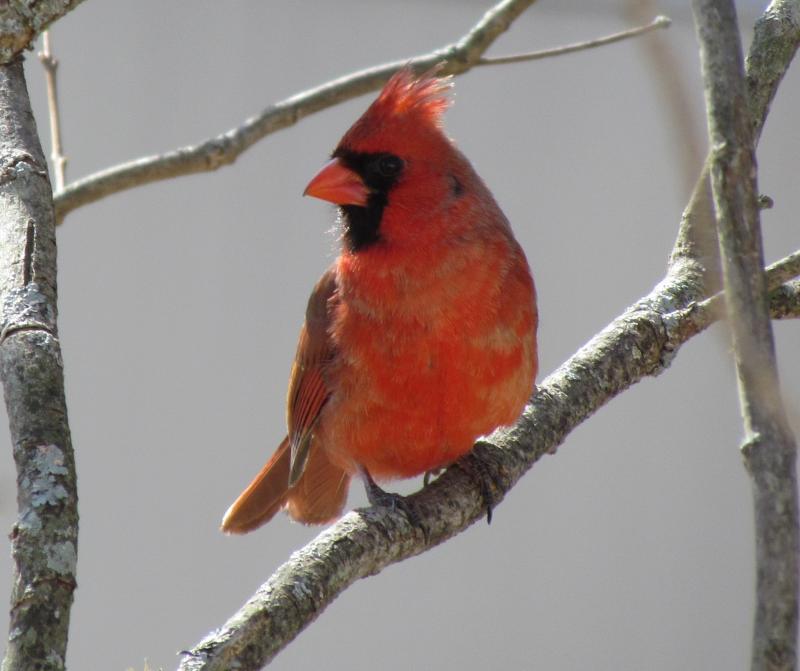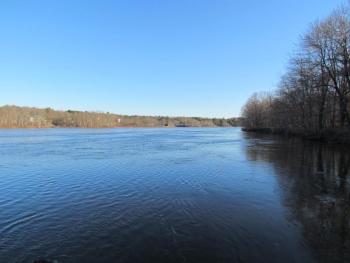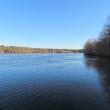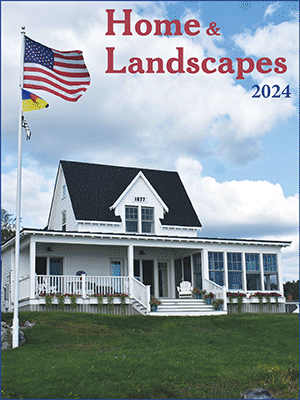You're Invited to an 80,000 Person Party
 Northern cardinals were abundant during the Christmas Bird Count this past Saturday. Courtesy of Allison Wells
Northern cardinals were abundant during the Christmas Bird Count this past Saturday. Courtesy of Allison Wells
 The list from the first Christmas Bird Count one of the authors (Jeff) participated in. Courtesy of Jeff Wells
The list from the first Christmas Bird Count one of the authors (Jeff) participated in. Courtesy of Jeff Wells
 Although there was no spectacular rarity is sight during Saturday's Christmas Bird Count, bald eagles and common mergansers helped make for an enjoyable day to be outside along the waterfront Courtesy of Jeff Wells
Although there was no spectacular rarity is sight during Saturday's Christmas Bird Count, bald eagles and common mergansers helped make for an enjoyable day to be outside along the waterfront Courtesy of Jeff Wells
 Northern cardinals were abundant during the Christmas Bird Count this past Saturday. Courtesy of Allison Wells
Northern cardinals were abundant during the Christmas Bird Count this past Saturday. Courtesy of Allison Wells
 The list from the first Christmas Bird Count one of the authors (Jeff) participated in. Courtesy of Jeff Wells
The list from the first Christmas Bird Count one of the authors (Jeff) participated in. Courtesy of Jeff Wells
 Although there was no spectacular rarity is sight during Saturday's Christmas Bird Count, bald eagles and common mergansers helped make for an enjoyable day to be outside along the waterfront Courtesy of Jeff Wells
Although there was no spectacular rarity is sight during Saturday's Christmas Bird Count, bald eagles and common mergansers helped make for an enjoyable day to be outside along the waterfront Courtesy of Jeff Wells
On Saturday, we celebrated the start of the holiday birding season: the first day of the official National Audubon Society Christmas Bird Count (CBC) period! From Dec. 14 through Jan. 5, tens of thousands of people (more than 80,000 last year) participate in the thousands of official Christmas Bird Counts that take place across the U.S., Canada, Latin America, and the Caribbean.
Here in Maine, there are 36 CBCs taking place this year that are scheduled sometime in the three-week period. At least a third of them took place on the first weekend of the count period as did the Augusta CBC.
Our festivities on opening day were centered around the Augusta Christmas Bird Count. You may remember that Saturday (December 14) was a gorgeous blue-sky day—cold, but the sidewalks and roads were clear, and there was lots of open water. Every mile was gratefully walked. Every bird, like a gift. Conversations engaged with people curious about what strange (or not so strange) birds might be about? Welcomed.
Northern cardinals and tufted titmice seemed to be everywhere, while black-capped chickadees were not as numerous as expected (in our area, at least). There were a few Carolina wrens but not a single red-bellied woodpecker to be found. A flock of about 75 American robins was a nice surprise; they came descending down from the sky into our neighborhood in the early afternoon.
Of course, anyone can walk out and count birds any day of the year and send in those counts to eBird. But there are several things that make the Christmas Bird Count different and special. Yes, there’s the fact that the CBC is a hundred-year-old tradition that started as a protest movement against indiscriminate hunts to see who could kill the most birds. And, yes, the counts follow a careful protocol wherein teams tally all birds identified on the same day within their section of a 15-mile-diameter circle. True, too, that the results of the decades of standard CBC counts are an important tool for learning about and monitoring the health of bird populations.
But what we think may makes the Christmas Bird Count tradition so important and so special is that it is a communal undertaking of tens of thousands of people who share a common interest in birds and nature. At the individual CBC level, every participant on the count knows that there are teams of others counting birds at the same time somewhere within 15 miles at any time. Here in Maine on Saturday, there were hundreds of people doing the same on CBCs from Caribou to Portland. Across the U.S., Canada, Latin America, and the Caribbean, there were tens of thousands more people doing the same. What a feeling!
We couldn’t help but reminisce about our first Christmas Bird Counts when we were still in high school. Both of us were fortunate to have teachers and mentors who encouraged our interest in birds. They gave us what felt like a great honor to be invited to participate in this exciting event called the Christmas Bird Count. It really did feel special to be part of that amazing event in which birds were seen and heard and counted. Some CBCs have a tradition (more so pre-COVID) of coming together at the end of the day for a pot-luck party in which everyone reports their results and shares stories of good birds and adventures. Now some do the same via Zoom. Others may share the results via email or phone.
Eventually all of the numbers are rolled up into a final tally and submitted to the National Audubon Society Christmas Bird Count database where they become both a dataset for study and a history and point-of-pride for all who took part.
Would you like to be part of this grand tradition? You still can as there are more CBCs yet to take place. Find out more at https://www.audubon.org/community-science/christmas-bird-count/join-christmas-bird-count and here: https://maineaudubon.org/birding/christmas-bird-count/
Jeffrey V. Wells, Ph.D., is a Fellow of the Cornell Lab of Ornithology and Vice President of Boreal Conservation for National Audubon. Dr. Wells is one of the nation's leading bird experts and conservation biologists. He is a coauthor of the seminal “Birds of Maine” book and author of the “Birder’s Conservation Handbook.” His grandfather, the late John Chase, was a columnist for the Boothbay Register for many years. Allison Childs Wells, formerly of the Cornell Lab of Ornithology, is a senior director at the Natural Resources Council of Maine, a nonprofit membership organization working statewide to protect the nature of Maine. Both are widely published natural history writers and are the authors of the popular books, “Maine’s Favorite Birds” (Tilbury House) and “Birds of Aruba, Bonaire, and Curaçao: A Site and Field Guide,” (Cornell University Press).


























